Orange roses: varieties with a description and their agricultural technology

Orange roses are unusual, eye-catching flowers. Growing these in your own garden is a snap. The main thing is to choose a variety suitable for a particular region, which will decorate the garden with its shade and aroma. In this article, we will take a closer look at this beautiful plant, and also consider each variety separately.
Features of varieties
Orange roses became popular in the last century. French breeders conducted various experiments, crossing red, pink, white, yellow varieties - the result surprised with a bright sunny, sometimes honey color. Today, the demand for such flowers is very high. It is quite possible to find planting material in our country, as well as to grow such beauty on your site. Today, more than a dozen of these unique varieties are known, among which we will present descriptions of the most common.
- Ninetta is petite. It grows up to 30 cm. The bud is small, neat, there is a slight doubleness. One shoot contains about 8 buds. The color of the leaves is dark green, a pronounced gloss is noticeable. Gardeners recommend planting along footpaths or flower beds.
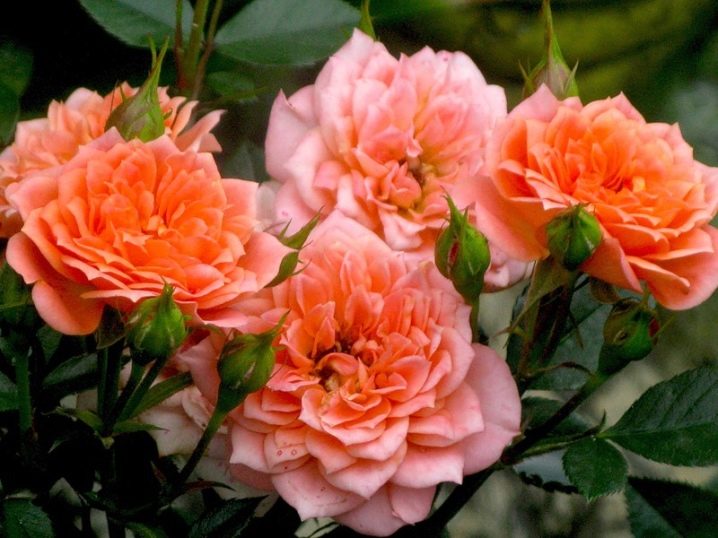
- Clementine. Smaller representative of the plant. Suitable for growing in the garden or in the room. The bush grows quite lush, covered with bright buds - there are about 10 of them on the shoot.
- Goldelse. Floribunda rose. It is distinguished by its large size - a height of about a meter, large buds that resemble glasses. There is a pleasant aroma. It tends to fade under the sun, so the roses turn yellowish.
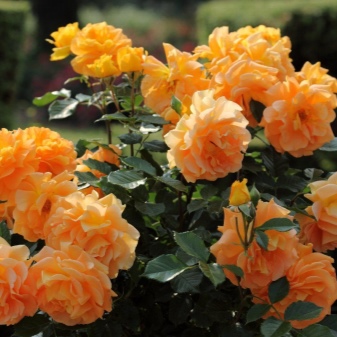
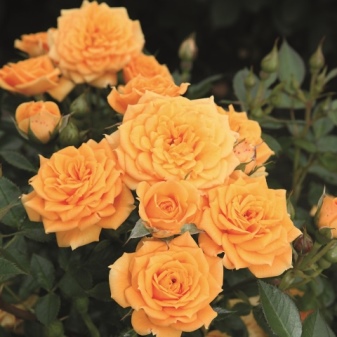
- Orangerie. German variety floribund. The flowers are double, their diameter is 8 cm. The form is classical. The petals are painted in a bright orange color that does not fade in the sun. There is a light scent. The plant is not afraid of cold weather and fungal diseases. Ideally planted in a sunny location Emilien Guillot. Refers to shrub varieties. I fell in love with gardeners for an unusual color - orange-red. The bush is overgrown with sweeping green leaves.
- Lady Emma Hamilton. The English rose reaches a height of 1.5 meters. The lush bush is overgrown with tangerine flowers with light terry. Has a rich smell. Differs in a long fruiting period.
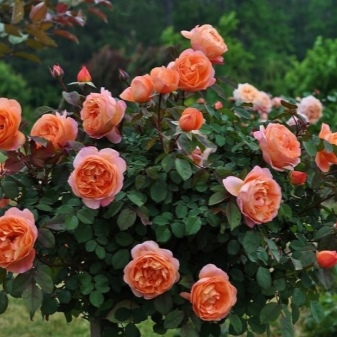
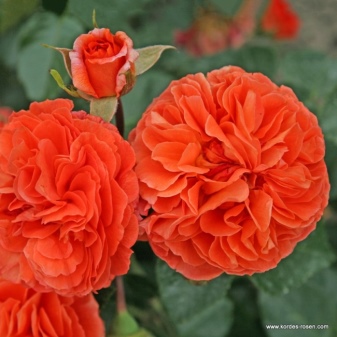
- Orange Intuition. Hybrid tea variety. A distinctive feature is the double color of the buds: tiger carrot-scarlet is combined with strokes of a cream shade. The size of the flower is 9 cm, the bush is 1.2 m. The average degree of resistance to diseases, tolerates winter well.
- Super Trouper. A variety suitable for cold regions of Russia. The petals are colored copper-orange, the bushes are low - only 0.8 m, the smell is weak.
- Easy Does It. Apricot roses have double wavy petals. Differs in good survival rate in the middle lane. A meter-long bush densely overgrows with buds.


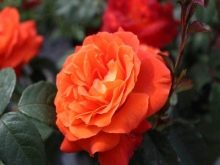
- Sahara. The main advantage of the scrub rose is its frost resistance. The buds are bright orange, the rims are scarlet.
- Farandole. Takes first place in saturation, color fastness. The buds are not afraid of prolonged sun exposure.
- "Orange Meilandina". Found in hanging pots. The petals are fiery, the leaves are dark green. The bush grows large, spreading.

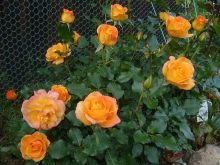

Accommodation rules
A beautiful rose garden can be planted on the territory of a private house or summer cottage.
According to designers and decorators, roses are the most popular decoration not only for a festive event or ceremony, but also for a home area, with which they are ideally combined, for example, a pool, a fountain, and various sculptures.
Accommodation Specialist Tips:
- a short-cut green lawn looks good with orange buds - this design combines classic with modernity;
- an orange rose stands out against the background of colors of cold shades;

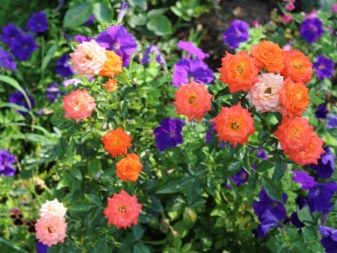
- climbing varieties are recommended to be placed on fences, walls, gates, wickets;
- if you are installing a sculpture or stones, choose neutral colors against which the fire buds will look favorably.
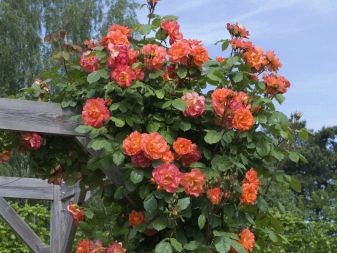
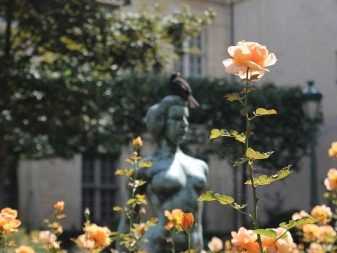
Agrotechnical measures and care
Each of the varieties of roses has its own advantages and disadvantages. In addition, the culture is distinguished by special planting and care rules. You can get a colorful, fragrant crop of flowers, provided you follow the growing recommendations, which do not require much effort. Let's consider the main ones related to specific species.
- Miniature roses can be planted outdoors, in pots or containers. They tolerate frequent transplants. Flowering occurs three times a year. Small bushes are overgrown with bright orange buds. Plants growing in beds in winter need special shelter. But it is also allowed to grow at home or on balconies.
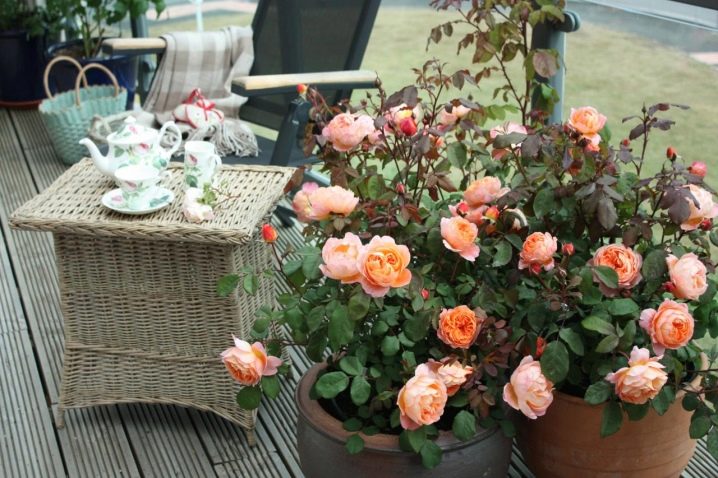
- When planting hybrid tea species, most of the buds should be removed to build a powerful root system. It is better to plant flowers away from trees, whose foliage will block access to light. Some varieties of roses are not resistant to diseases, so timely processing is important. With the onset of the first cold weather, the beds should be earthed, covered with spruce branches.
- Floribunda needs a dry, well-lit area. You should choose the soil without the occurrence of nearby groundwater. The first pruning occurs in early autumn - it involves shortening thin or diseased branches. The second procedure is carried out in the fall - here they get rid of old shoots. Care involves moderate watering, winter shelter.

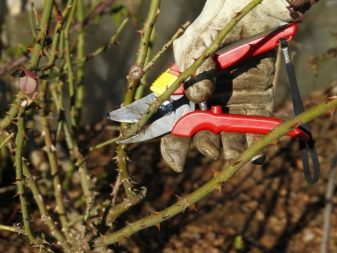
The rose is best planted in spring or fall. Residents of the northern regions are advised to focus on the spring season, since the first frosts begin closer to October, which will lead to the death of young seedlings or will not allow them to take root at all.
Planting material should be purchased in specialized garden / summer cottages or from trusted professional gardeners. It is preferable to choose seedlings in plastic containers - such samples are distinguished by their quick survival in the ground. Open options should be carefully examined - there should be no rot or stains on the roots. Any damage indicates improper storage or transportation conditions. Such goods should be discarded. A suitable method of disembarkation is the transshipment of an earthen ball. After about two weeks, young roots begin to form in the soil, turning into a whole living system, from which a lush bush subsequently forms.

As for care, it includes spring, summer, autumn works. So, in the last days of March, orange roses should be freed from winter shelter. In case of cold weather, the procedure is postponed for a month. Do not forget about preventive work against harmful insects and plant diseases. An important care procedure is pruning, weeding, loosening the soil. Rose bushes need a support that supports and also protects the branches. Wooden sticks are set in the ground, to which roses are tied.
Summer is the time of the first flowering. Experienced gardeners recommend reprocessing the plant against disease. It will be useful to get rid of withered buds. Mandatory procedures during this period are watering, weeding, loosening the soil.
After flowering is complete, fertilizer must be applied. If there are diseased shoots on the branches, remove them.
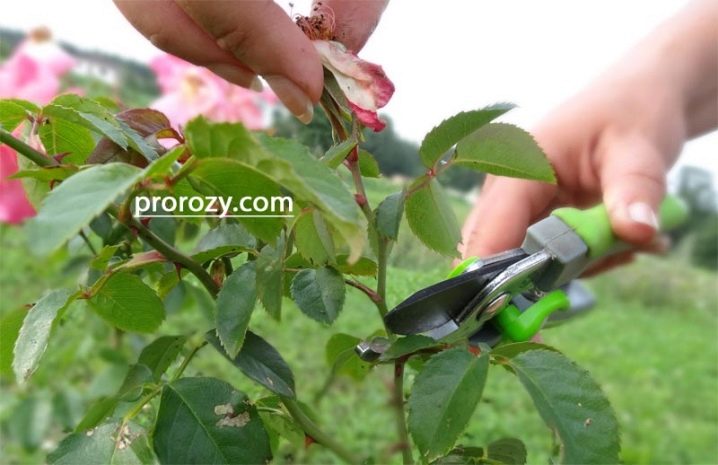
Preparation for wintering begins in the fall. At this time, there is no need for feeding, but you need to remove a third of the leaves - especially at the base of the bush. With the arrival of the first frost, sanitary pruning is carried out. In the last days of October, you should take care of the shelter - the plants should be well insulated for the winter. Experts advise, after the first snowfall, to compact the place near the bushes with snow - this way you will save the culture from rodents.
Orange roses are a real decoration of any local area. Despite the uniqueness of the color and smell of the flower, planting material can be easily found in specialized stores. All roses, without exception, need proper planting and subsequent care. According to experienced gardeners, you should not overfeed the plant with mineral or organic fertilizers - it is important to know when to stop. Only by following all the rules of agricultural technology, you can observe lush bushes with bright orange buds in the garden, which emit a pleasant light aroma.
You will learn how to properly prune roses in the following video.

































































































The comment was sent successfully.